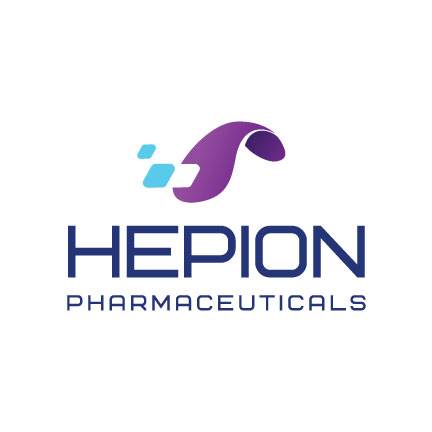
Hepion Pharmaceuticals (NASDAQ:HEPA) reported that all primary endpoints were met in its Phase 2a AMBITION clinical trial in patients with non-alcoholic steatohepatitis (NASH).
The Phase 2a trial was designed to investigate once-daily oral administration of CRV431 at doses of 75 mg and 225 mg administered as soft gelatin capsules to presumed F2 and F3 NASH subjects for 28 days, followed by a 14-day observation period for safety.
CRV431 blood concentrations after oral dosing of either 75 mg or 225 mg once daily were in the anticipated effective range for NASH treatment. The drug reached maximum concentrations within two hours after dosing, with an effective half-life of approximately 30 hours, which supports once-daily dosing.
CRV431 at both study doses was well tolerated and there were no serious adverse events.
While the AMBITION trial did not include liver biopsies, early indications of efficacy in the form of serum alanine aminotransferase (ALT) reductions were observed with both CRV431 dosing cohorts. The percent ALT change from baseline to Day 28 numerically demonstrated a CRV431 versus placebo dose response. These declines were statistically significant from placebo when CRV431 doses were pooled.
CRV431 also demonstrated decreasing area-under-the-ALT-curve (AUC) with increasing dose, indicating a positive dose-response. In addition, the 225 mg cohort ALT AUC was statistically different from the placebo group AUC.
“The observed changes in serum ALT at this early timepoint, along with the safety and tolerability data are very encouraging and suggest a potential positive impact of CRV431 on hepatocyte health relative to placebo,” Stephen Harrison, M.D., principal pnvestigator of the AMBITION study, said in a statement.
Dr. Harrison said that given the chronic nature of NASH, long-term therapy is likely going to be needed and, “therefore, a therapy that is well tolerated, oral and once daily would be advantageous.”
Patrick Mayo, Ph.D., Hepion’s SVP of clinical pharmacology and analytics, said statistical significance in a dose response on ALT is very encouraging, suggesting a rapid drug effect.
Dr. Mayo also said Hepion’s clinical pharmacology group has already developed a population pharmacokinetic-pharmacodynamic (PK-PD) model, which predicts CRV431 blood concentration effect on ALT reductions.
In addition, preliminary transcriptomic and lipidomic analyses further support a drug effect when CRV431 blood concentrations exceed 800 ng/mL. “The Phase 2a study confirmed CRV431 tolerability and successfully elucidated drug dose range for the upcoming Phase 2b trial,” he added.
In order to embark on a Phase 2b program in NASH, Dr. Mayo said these results were critical to inform Hepion on many key parameters for use of CRV431 in this patient population.
“We look forward to the start of the large Phase 2b ASCEND-NASH trial later this year, which will evaluate CRV431 in biopsy-proven NASH subjects with advanced fibrosis,” he added.
Hepion CEO Robert Foster, Ph.D., said CRV431 is a cyclophilin inhibitor that represents a new approach to treating NASH.
“CRV431 is extensively extracted by the liver after oral dosing and, as such, its potential in treating liver disease is heavily dependent on liver function,” he said. “We know that liver function declines with NASH, so it was important to design a study to delineate the effects of NASH on the safety, tolerability and PK of CRV431.”
In addition, Dr. Foster said this study gave us an opportunity to explore the efficacy potential of CRV431 in NASH subjects. “The current findings support this potential, and we will continue to analyze additional incoming data from this trial which should allow us to better understand CRV431.”





